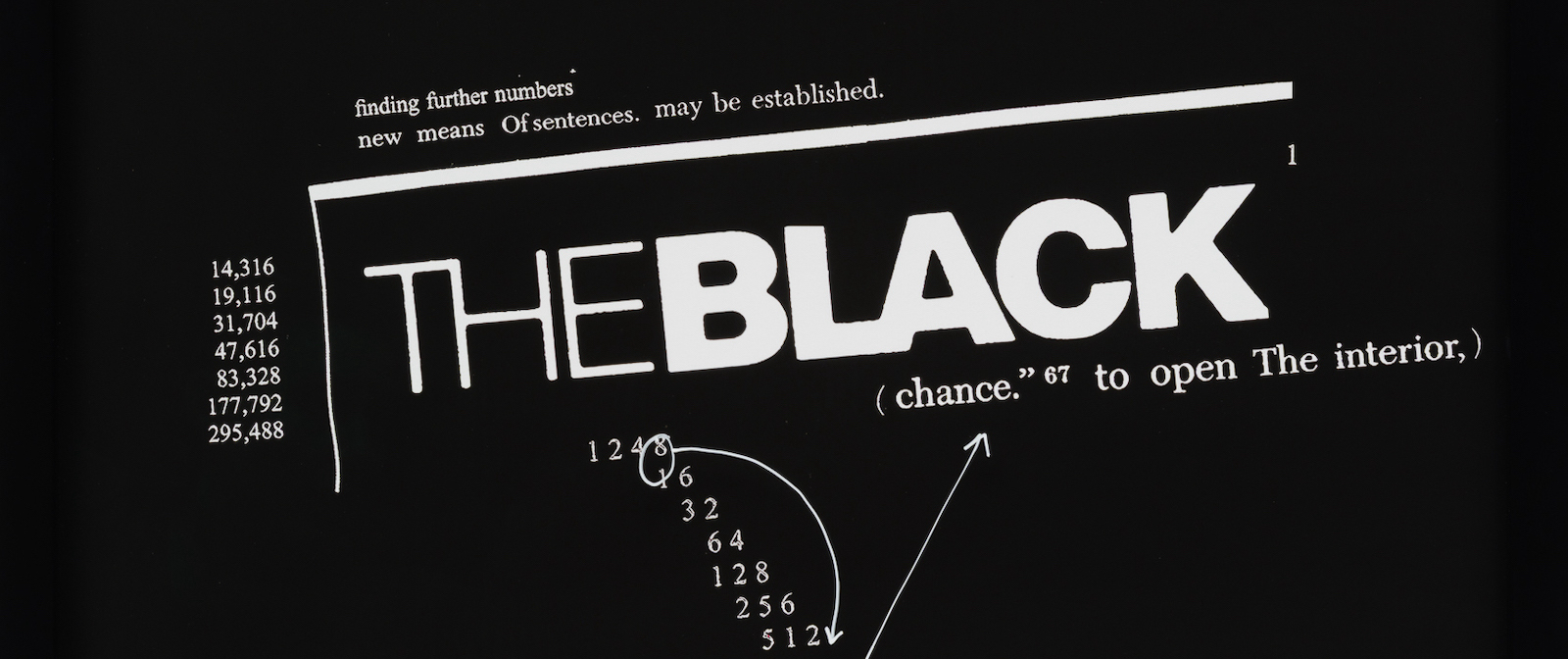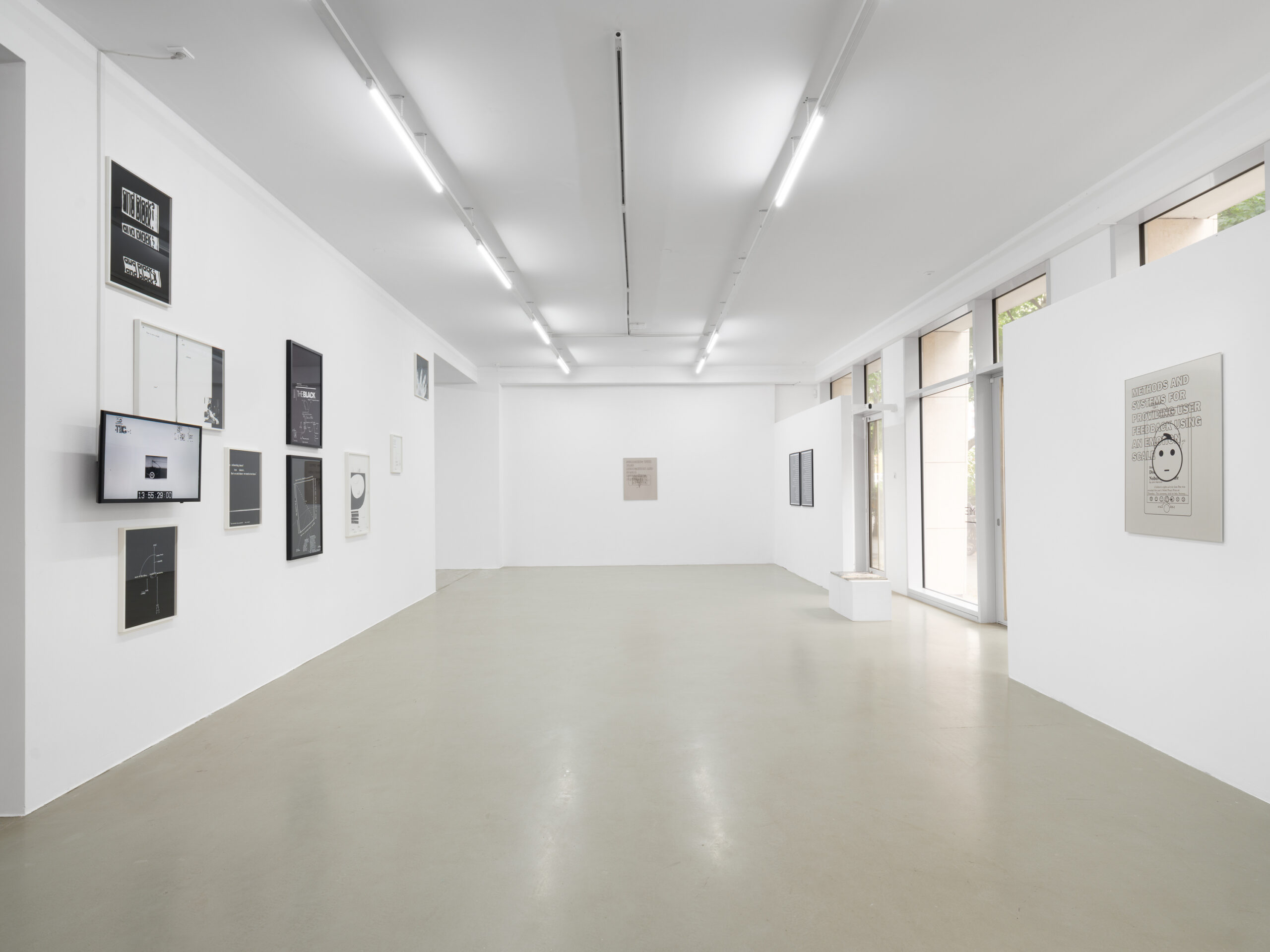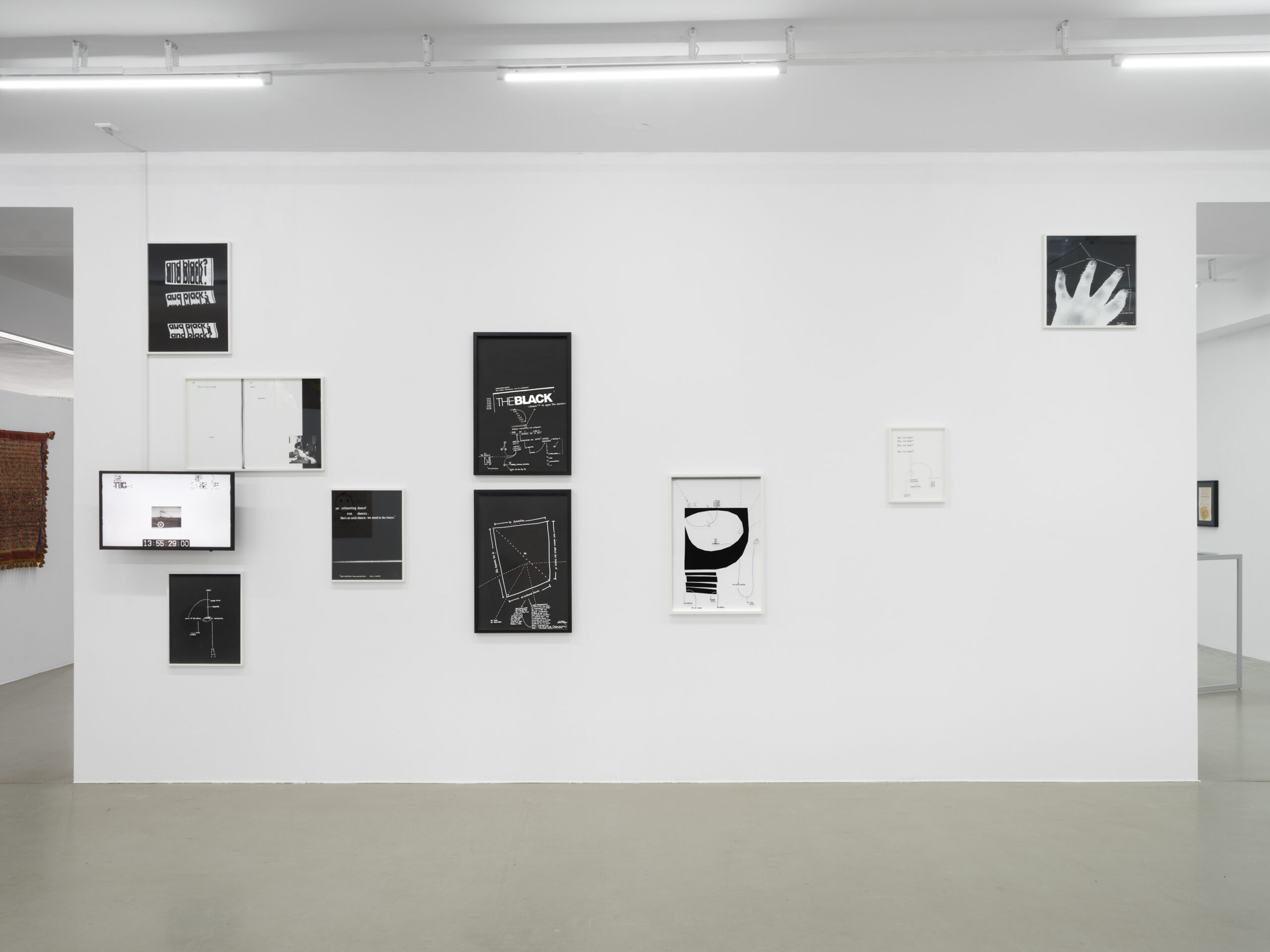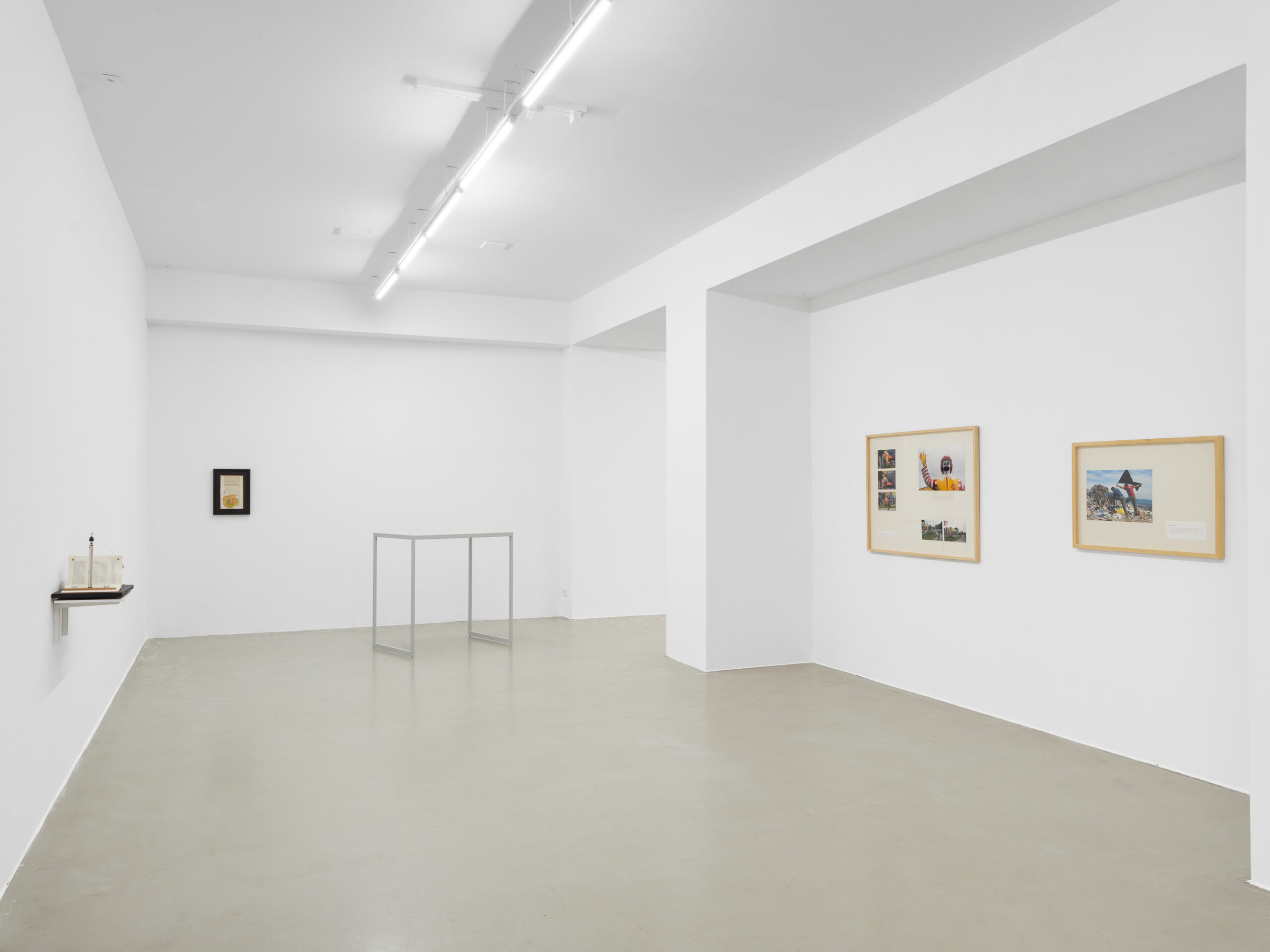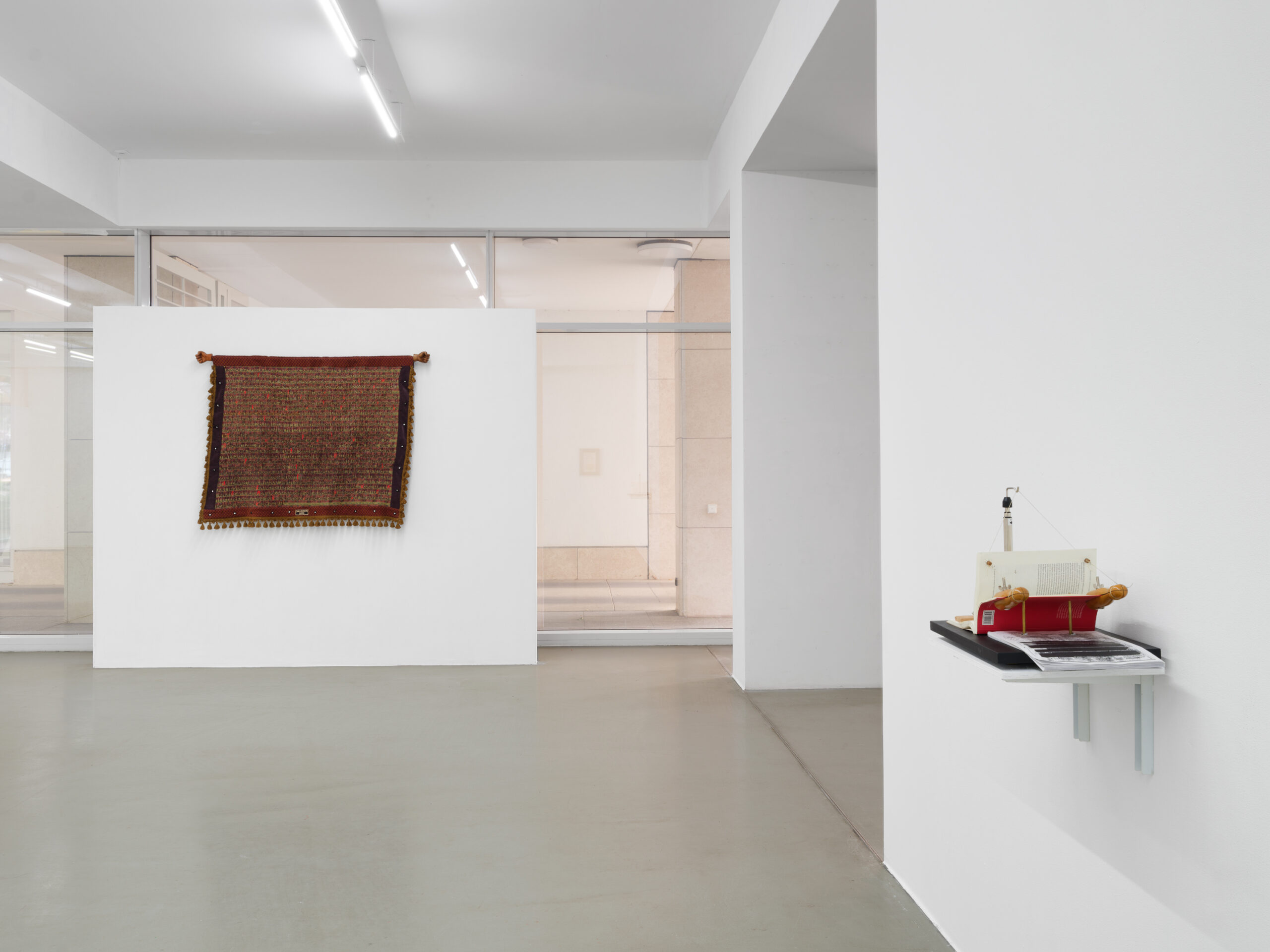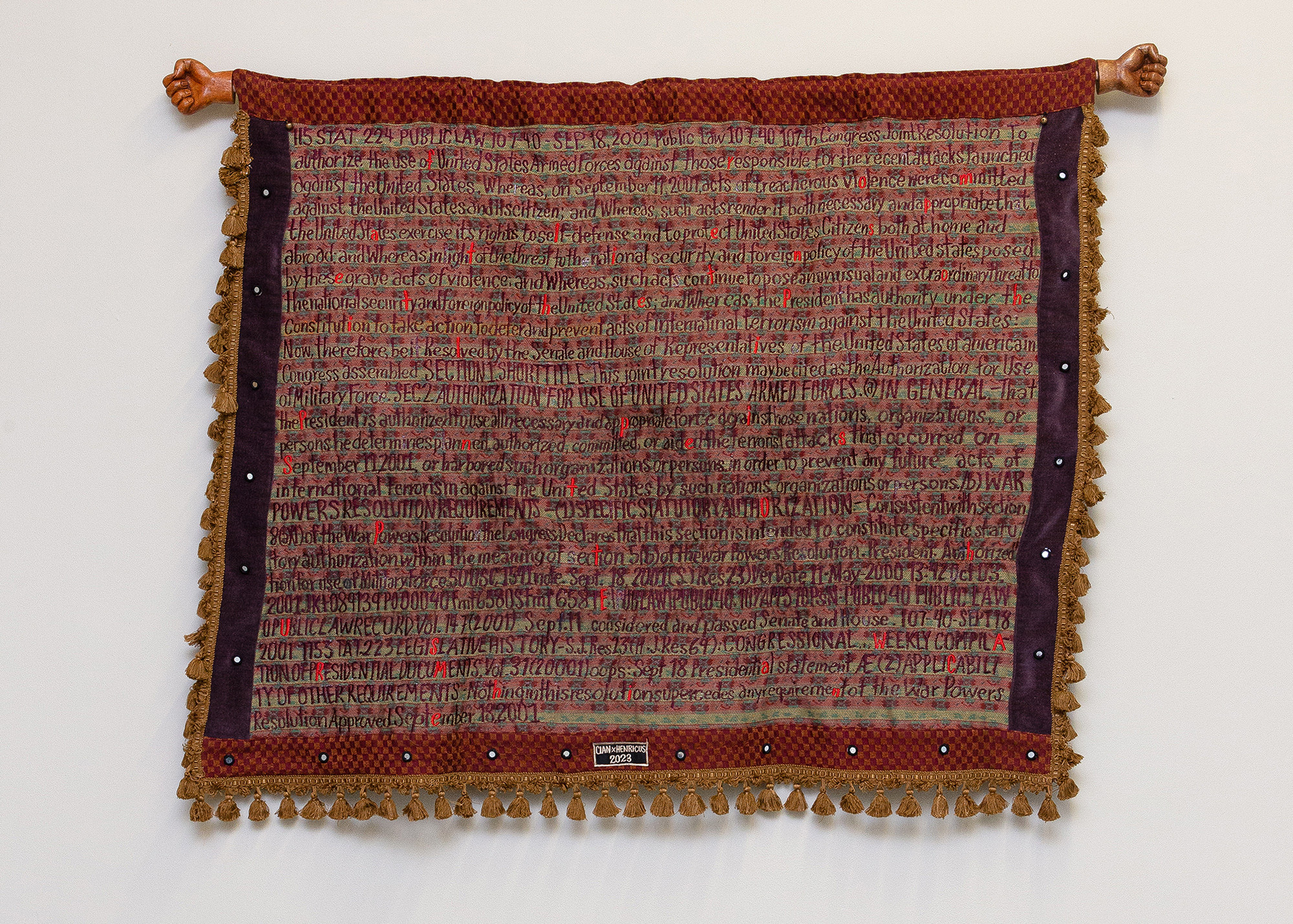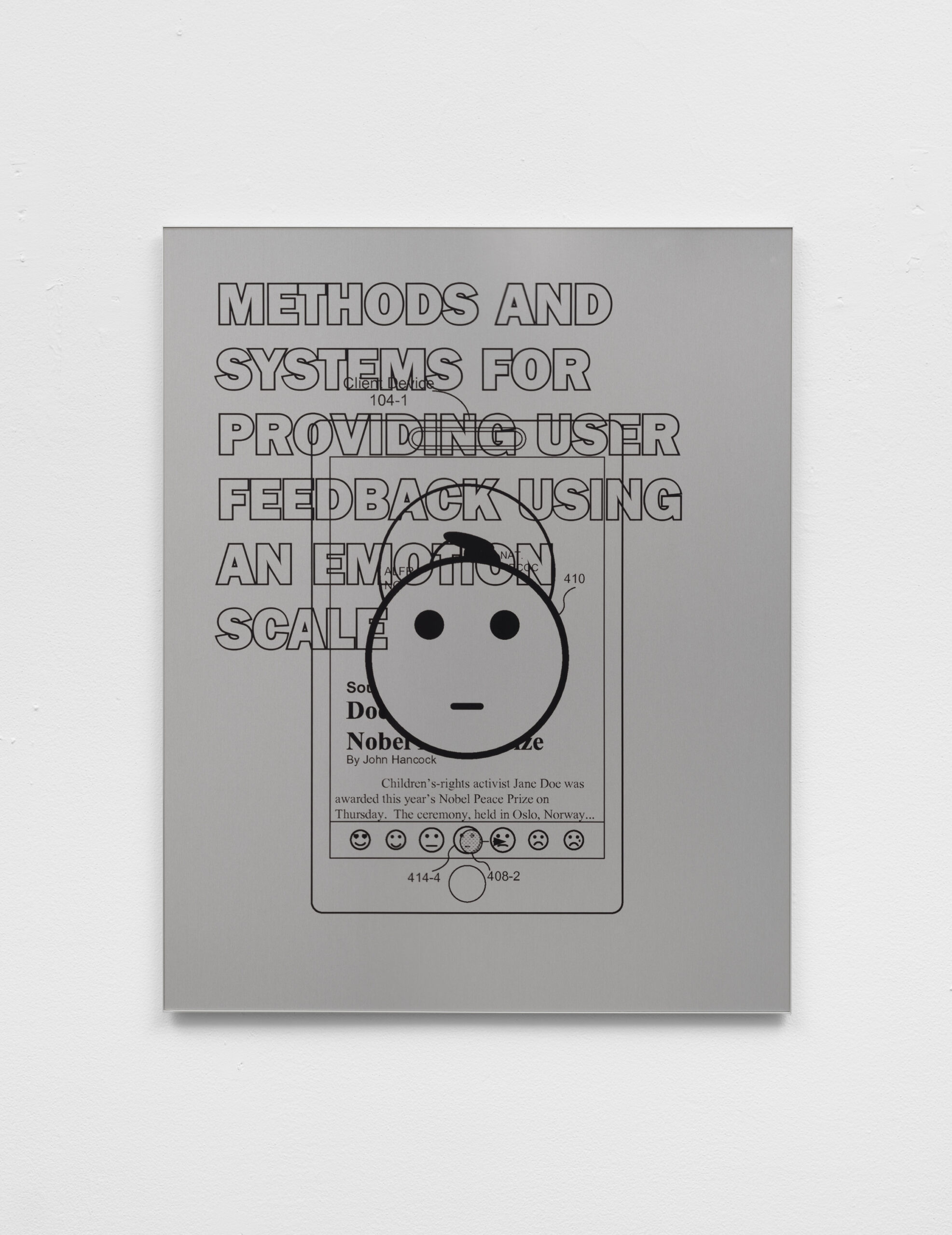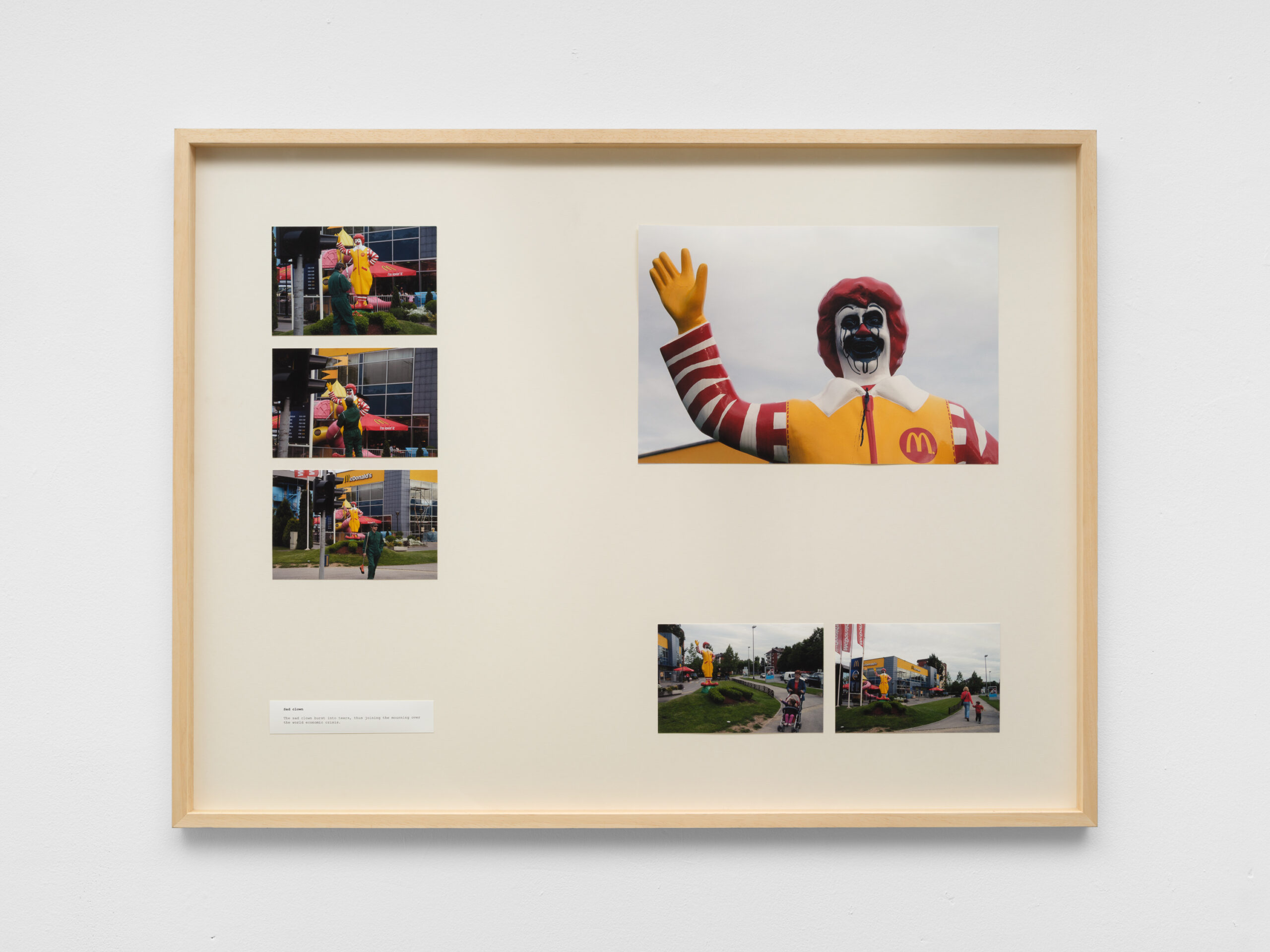As part of Berlin Art Week 2025, NOME is pleased to present Accurate Misreadings, an exhibition that explores the layered, often unstable relationship between text, meaning, and interpretation.
“Reading is always an act of collaboration,” writes Umberto Eco, reminding us that meaning does not reside in the text alone, but rather emerges from the space between what is written and what is read. Every act of reading involves ambiguity, subjectivity, and choice. In this sense, interpretation becomes a creative process, and every reading generates its own version of truth.
Premised on the notion that language is inherently unstable, the exhibition brings together works that explore the fluidity of meaning through visual fragmentation, semantic layering, and acts of appropriation. Directing the focus toward the reader, the exhibition highlights the temporal and subjective nature of interpretation.
Other works in the show turn to the political dimensions of language. Several artists engage with bureaucratic documents, archival records, and algorithmic codes—forms of text historically used to regulate, exclude, and control. Through gestures of redaction, reconfiguration, and appropriation, these works reveal how meaning is often shaped by systems of power.
With: Camae Ayewa, James Bridle, Paolo Cirio, Cian Dayrit, Goldin+Senneby, Igor Grubić, Voluspa Jarpa, Kameelah Janan Rasheed, Dread Scott.

